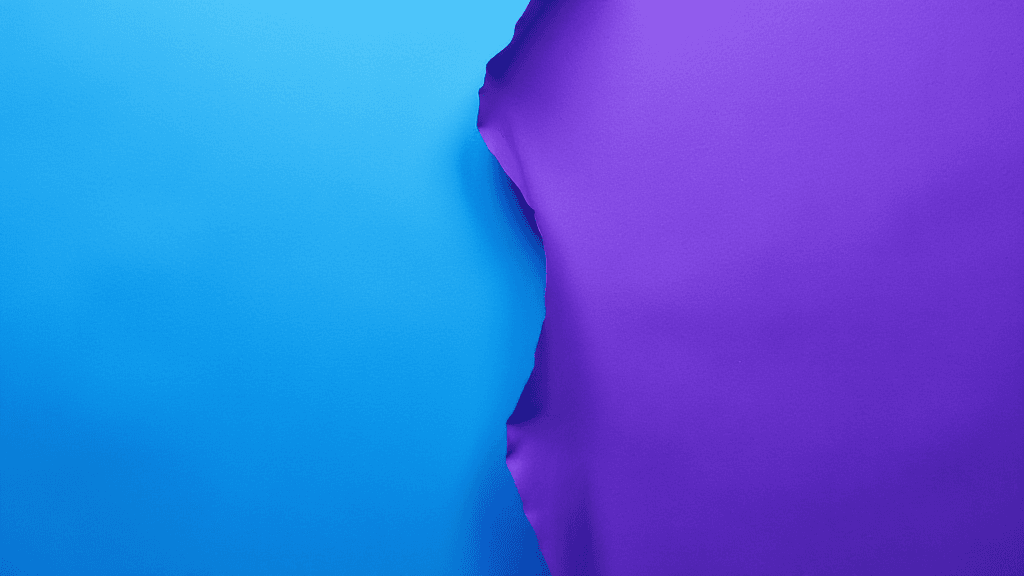
When it comes to color mixing, combining blue and orange often sparks curiosity. Let's dive into the fascinating world of color theory and explore what happens when these two vibrant hues come together.
The Basics of Color Theory
Before we answer the main question, it's essential to understand some fundamental concepts:
Primary Colors: Red, Blue, and Yellow
Secondary Colors: Green, Orange, and Purple
Complementary Colors: Colors opposite each other on the color wheel
Blue and Orange: Complementary Colors
Interestingly, blue and orange are complementary colors. This means they sit opposite each other on the color wheel. When complementary colors are mixed, they tend to neutralize each other.
The Result: A Muted Brown
When blue and orange are mixed, the result is a muted brown color. Here's why:
Blue is a cool, primary color
Orange is a warm, secondary color (made from red and yellow)
When mixed, they cancel out each other's intensity
The exact shade of brown can vary depending on:
The specific shades of blue and orange used
The ratio of blue to orange in the mixture
Practical Applications
Understanding how blue and orange interact is valuable in various fields:
Painting: Artists use this knowledge to create depth and shadows
Interior Design: Combining blue and orange can create a balanced, yet vibrant atmosphere
Graphic Design: This color combination can be used to create eye-catching contrasts
Conclusion
While blue and orange make brown when mixed, their relationship as complementary colors makes them a powerful duo in design and art. Whether painting, decorating, or designing, understanding color theory can help you create visually appealing and harmonious compositions.
Remember, experimentation is key in color mixing. Don't be afraid to play around with different shades and ratios to achieve the perfect hue for your project!


